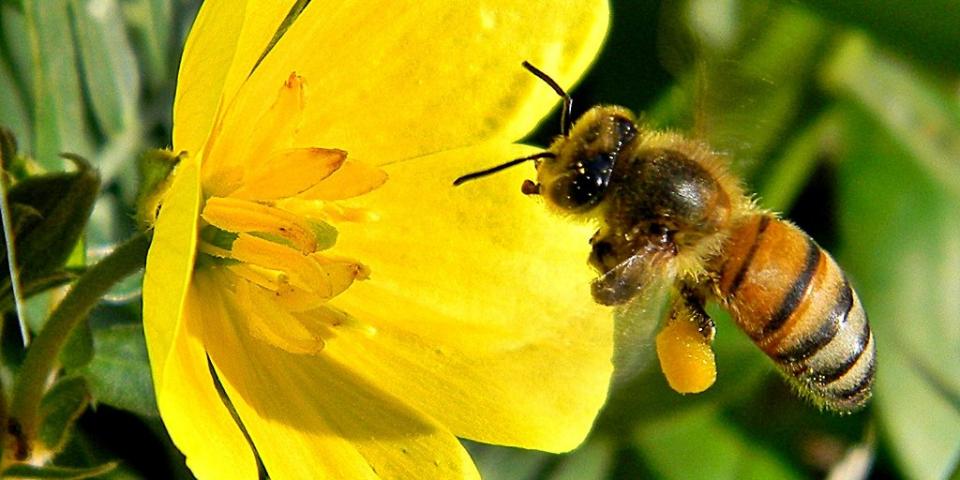- In:
- Posted By: beekeeper
- Comments: 0

It's amazing how much you don't know when you decide to take up a new hobby but with David as our tutor, he's managing to pack the two hour sessions full of interesting content. This week was all about the natural history of the honey bee.
A bee is a bee right? Wrong. There's some very fascinating information about the humble little bee. For a start, the honey bee has two genders. There is the male (drone) and female (worker/queen). Each have their roles to play.
What I have learnt is that the queen honey bee herself mates with a number of drones from another bee colony to help diversity the gene pool and it's her job to lay either fertilised or unfertilised eggs. The fertilised eggs will produce either workers or queens, all depending on what food the larvae are fed, whilst the unfertilised eggs produce drones. She will not allow any other queen to exist in her colony and will actively seek and kill other queens. Early in her life, she'll make several mating flights and will mate mid air with, on average, 12 drones storing semen from her mating for the rest of her life. Her other function in life is also to produce pheromones which influence the activities of all the other bees in the colony.
The workers are the hard-working girls in the colony who do just about everything! They forage for pollen, nectar and propolis and do all the housework around the hive as well as bringing up the young and protecting the colony (and suspect much more). Compare all this to the drones who hang around seemingly not doing much at all other than to mate with queen bees and help towards maintaining the temperature in the brood chamber and contribute to the colony's well-being.
Something I didn't know was that not all bees sting... something to remember when you are out and about and being buzzed by a bee. It's likely that it's a worker bee out foraging that has been disturbed. She would prefer not to sting because once she does, she will die, so it is a last resort to protect herself (or her colony). The drones themselves don't sting at all and the queen (who never leaves the colony unless to mate) is only programmed to sting other queen bees that may threaten her status in the colony.
Queens, workers and drones... that's it isn't it? Wrong. Honey bees are a well organised society living in colonies consisting of one queen bee, at its peak 40,000-60,000 workers (mid-year) and hundreds of drones. They all work together for the good of the colony. In order to survive the bees all carry out the duties they are programmed to do and co-operate with one another. The bees also have roles and responsibilities within the hive, such as: builders, cleaners, guards, nurses, temperature controllers, water collectors, undertakers, etc.
At this week's beekeeping session I picked up a wonderful book during the break called "Honey and Dust: travels in search of sweetness by Piers Moore Ede. I haven't quite finished the book - four chapters to go - but so far it's been an incredible journey for the author in his personal search for healing and soul searching. Bees are his saviour... I won't go into all of it now, will save that for later!
The image used above for this article was published under the terms of a Creative Commons License and is attributed to Bob Peterson.
